How to Get Rid of Crabgrass and Keep It From Returning

By Sharon Brandwein
Crabgrass is the enemy of avid gardeners and lawn enthusiasts, and it seems to have all the qualities that green thumbs despise. This weed is opportunistic, grows quickly, has a robust root system, and will spread like wildfire if left unchecked. The mere sight of the pesky weed spurs those who take pride in their lawn into action—death and destruction are the only options. If this is your first run-in with crabgrass, the good news is there’s more than one way to get rid of your unwanted guests.
In this guide, we’ll walk you through what crabgrass is and share some of the best ways to remove crabgrass from your lawn. And finally, we’ll offer some tips and ideas to help you prevent crabgrass from coming back.
Photo via Robert D
What Is Crabgrass?
With the proper name Digitaria, crabgrass typically has a low-growing center clump and legs or stems that radiate from the center. Chances are, if you have crabgrass, you'll quickly know it because it sticks out like a sore thumb on a lawn. Its thick clumps of greenery, with broad flat blades that look nothing like turf, are unmistakable. Crabgrass is an annual grassy weed that sprouts in late spring. And as it grows, crabgrass spreads quickly, crowding out and weakening the desirable grass around it.
Crabgrass likes to grow in thin bare spots where there's plenty of sunlight and initially not much competition. Perhaps even more concerning is the rate at which crabgrass grows. A single crabgrass plant can produce thousands of seeds in one growing season. Couple that with the fact that these plants are pretty robust, and it's easy to see how they can quickly and easily take over a lush, turf-like lawn.
How to Get Rid of Crabgrass by Hand
Weeding crabgrass by hand is one of the best ways to remove crabgrass from your lawn. It’s worth noting that while this method is simple yet effective, it can be time-consuming. This method may be best suited for lawns where there are relatively few patches of the invasive weed.
Drive the claw of a garden weeder tool into the ground, making sure you get under the roots. Work the weeder tool to loosen the root ball of the crabgrass. Once the root ball is fairly loose, pull the patch out of the grass by hand.
Be sure to place the clumps you’ve removed in a trash bag and seal the bags—they may still contain seeds that can sprout and spread if given the opportunity.
How to Get Rid of Crabgrass with Baking Soda
Baking soda is a safe and effective way to rid your lawn of crabgrass. The baking soda works as a desiccant on the crabgrass, drawing out the moisture from the foliage and the roots, which, in turn, causes the crabgrass to die pretty quickly.
Tools and Materials Needed
- Baking soda (enough to cover the areas you want to treat)
- Garden weeder tool
- Water hose
Step 1: Wet the Crabgrass Patch
Use a water hose to wet the patch of crabgrass you'll be treating.
Step 2: Apply the Baking Soda
Liberally sprinkle baking soda over the crabgrass patch. Let the baking soda sit and work its magic for 1-2 days. It’ll start to look dried out and brown.
Step 3: Pull the Dead Crabgrass Out
Using a garden weeder tool, loosen the root ball of the crabgrass and pull the dead patch out. You can throw it into your compost pile if you’re absolutely sure the weed is dead, but if there’s any doubt, throw it away in the garbage.
Photo via Lisa S.
How to Get Rid of Crabgrass with Vinegar
Vinegar is an indispensable pantry staple, and the list of its powers is long. Not surprisingly, it has long been used as a safe herbicide by those who prefer not to use chemicals on their plants or in their gardens.
To get rid of crabgrass, however, you will need to use horticultural vinegar to get the job done. Household vinegar typically has 5 percent acetic acid, whereas horticultural vinegar typically has 20 percent acetic acid. A higher concentration of acetic acid makes for a stronger solution to kill off the weed.
When you’re using vinegar to kill crabgrass, be sure to keep an eye on the weather and avoid spraying the solution if rain or wind is predicted within 24 hours after your treatment. The reason for this is that vinegar will kill everything it touches. Wind and rain will spread the vinegar solution and inadvertently destroy your lawn.
Tools and Materials Needed
- Bowl or bucket
- 1 quart vinegar
- 3 quarts water
- Spray bottle
Step 1: Mix the Vinegar-Water Solution
Mix the vinegar and water together in a bowl or bucket and pour the contents into a spray bottle.
Step 2: Spray the Crabgrass
Spray the crabgrass patches with the vinegar-water solution, making sure to soak them thoroughly. Leave the solution to work and let the weed die off naturally.
Step 3: Pull the Dead Crabgrass Out
Once the weed is dead, dig it up from the root and pull the dead patch out.
How to Prevent Crabgrass
Now that you know a little more about crabgrass removal, you probably want some tips to keep this pesky weed from coming back. Here are a few ways to prevent crabgrass from growing in your yard:
Use Corn Gluten as a Preemergent
Some resources may share that corn gluten is a good way to rid your lawn of crabgrass—but that’s not quite true. Corn gluten cannot kill crabgrass after it has sprouted, but it can be used as a pre-emergent to stop weeds such as crabgrass and dandelions from sprouting in the first place. If you’re expecting crabgrass to make an appearance, you could try laying down a layer of corn gluten on your lawn in early spring, before the growing season for crabgrass begins.
Reseed Bare Spots
Remember that crabgrass likes to grow in bare spots where there’s plenty of sunshine. So, to keep them at bay, you may want to think about reseeding any bare spots so they don’t even have a chance. Reseeding will also help your lawn look less patchy!
Adjust Your Mowing Height
Crabgrass needs plenty of light to grow and spread, so you can cut them off at the pass by keeping your grass thick and at a consistent length. A good rule of thumb is to remove only about a third of the blade when mowing.
Have you encountered crabgrass in your yard? How’d you get rid of it? Let us know in the comments below!



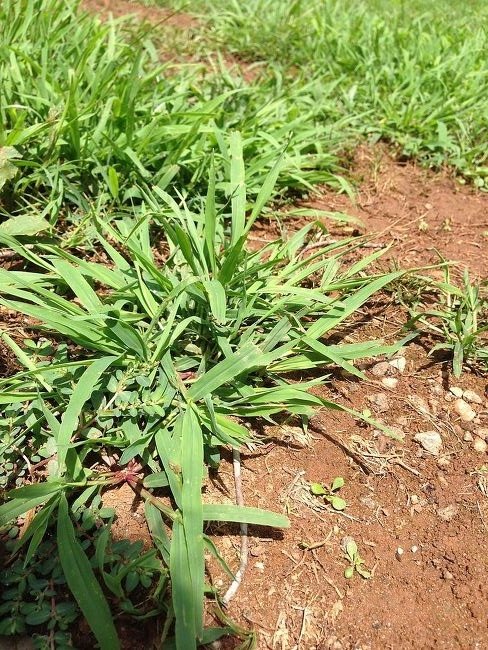


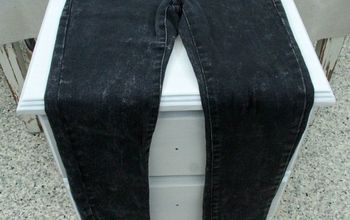

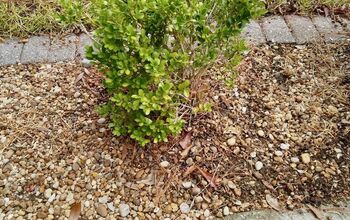
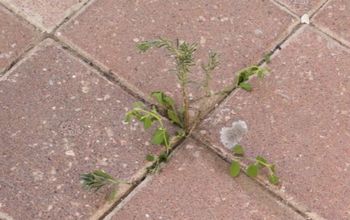
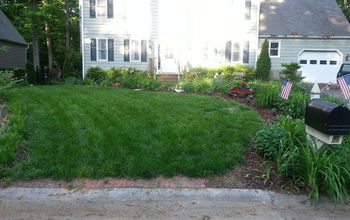

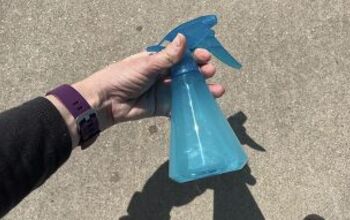


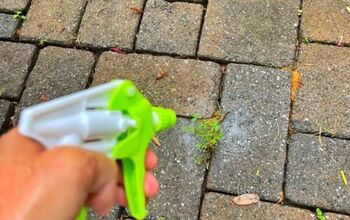


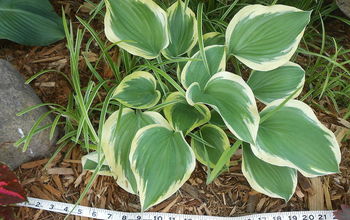






Frequently asked questions
Have a question about this project?